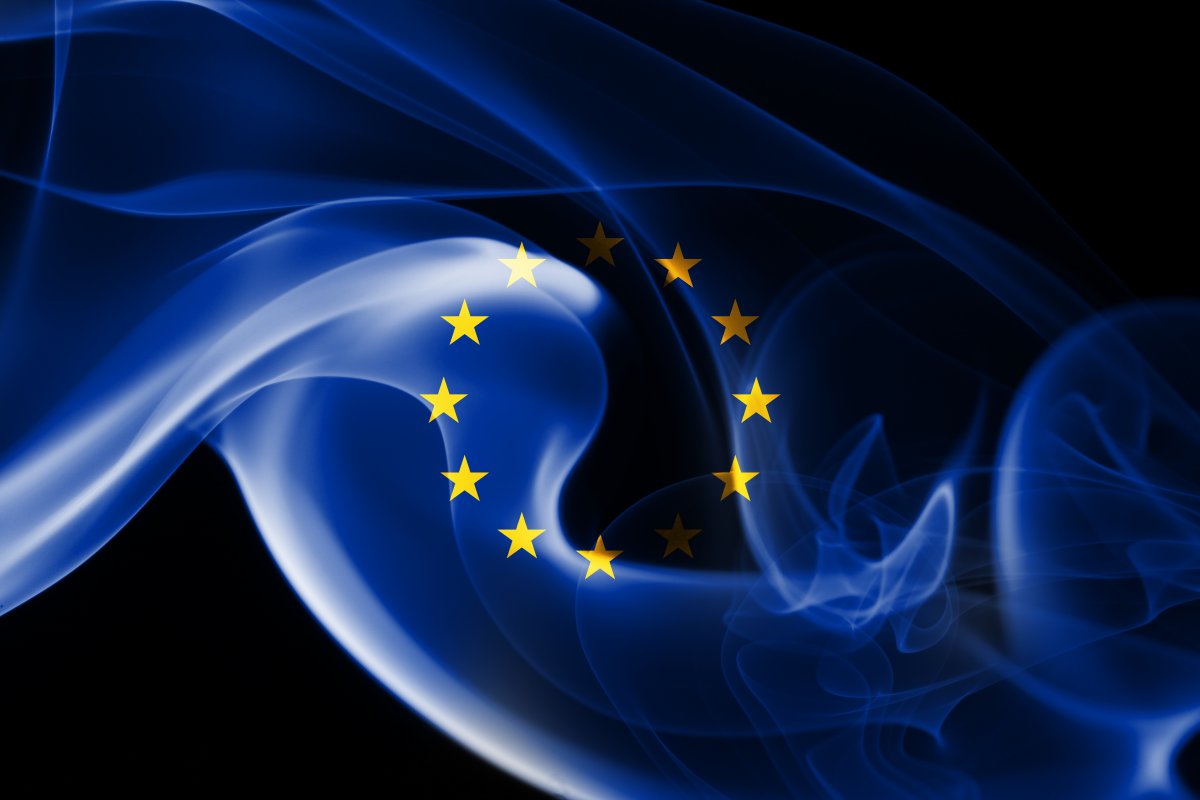PFAS: The Modern-Day Hydra
Scientists and environmental experts have identified a modern-day hydra: PFAS, the group of per- and polyfluorinated alkyl substances. PFAS are found in a wide array of products such as coated pans, sofa fabrics, shoe sprays, sealing tapes, fire-extinguishing foams, vaping coils, and medical implants. Once a fluorochemical is regulated for health risks, manufacturers come up with new variants that may not be any less hazardous. Moreover, more than 10,000 different PFAS are now known.
PFAS Management and Health Risks
PFAS can be released during production, use or disposal, making them a serious concern for the environment. The EU chemicals regulation REACH requires safety data for previously untested PFAS but only for larger production or import quantities. The EU Commission now wants to ban the entire group of substances. Not all PFAS variants are toxic; however, some have significant health consequences, such as weakening the immune system, disrupting lipid metabolism, affecting fertility and the development of children, liver and kidney damage, and testicular cancer.
Sunlight or microbes cannot harm PFAS, and they remain in the environment for at least decades, earning them the nickname “eternity chemicals.” Retrieval options for PFAS are extremely difficult, and PFAS are found all over the world in soil, water, and rain in concentrations that significantly exceed the harmlessness threshold. The chemicals have also been found in products for which they are not supposed to be used, such as orange juice, toilet paper, and tampons. Researchers have detected PFAS in fish, polar bears, and in the blood of most people. Children and young people are particularly affected, with every fifth young person in Germany exposed to PFAS.
A Threat to Prosperity, Jobs, Innovative Strength and Climate Goals?
The producer of PFAS argues that PFAS are indispensable, and industry associations agree: The PFAS ban threatens prosperity, jobs, innovative strength and the achievement of climate protection goals. The truth is, the ban is not a threat, and alternative products have been around for a long time. Fuel cells and electrolytic cells for the production of “green” hydrogen work perfectly well without membranes containing PFAS, and a Canadian start-up has already presented alternatives that show innovative strength without fluorochemicals. The same applies to sodium-ion solid-state batteries, which not only do without fluorochemicals but also without the ecologically and ethically problematic metals lithium and cobalt. Heat pumps without fluorinated gases are already on the market, and everyday products containing PFAS can be replaced immediately.
Why a PFAS Ban is Necessary
A PFAS ban is not only necessary for environmental reasons but also for economic reasons. The Nordic Council cites Europe-wide health costs of between 52 and 84 billion euros per year, and the management of large areas of contaminated soil, groundwater, and drinking water is not included. PFAS pollution is global, and regulations are needed to stop the flood of chemicals. The Netherlands recently held the US company 3M liable for drinking water in the Schelde river that was contaminated with PFAS.
An EU Ban on PFAS
The EU Commission has presented a first proposal for an immediate ban on many everyday products and longer transition periods of up to 13.5 years for the semiconductor industry and medical implants, for example. Industry associations want to continue fighting back, and experts expect a final result in 2025 at the earliest.


